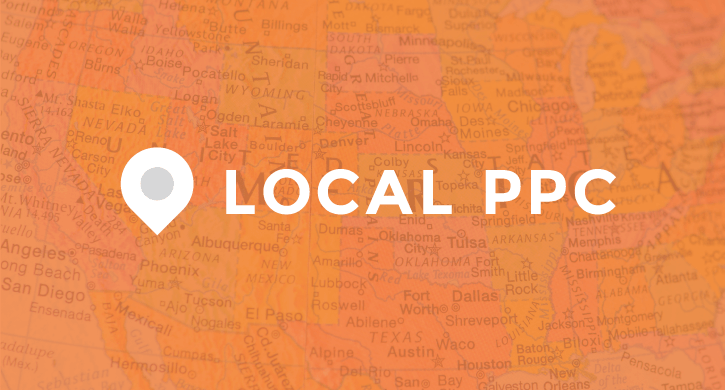When searchers seek local information, 70 percent connect with the business.
Ninety-five percent of smartphone users have looked for local information.
PPC advertising for any local business is becoming essential for its success.
Through local PPC, you can target users where they are in the buying process and target them through their online browsing behavior.
Using this understanding will help you translate these shoppers into buyers.
With all this said, many local small businesses still face challenges through their local PPC advertising.
We hear the same things all the time:
- It’s too expensive.
- It doesn’t work.
- I’m not sure it’s delivering results for my business.
I’m here to play the superhero to help you save your local PPC using these eight heroic steps.
Save Your Local PPC
Ninety-three percent of people start their search online before visiting a store.
Step 1: Targeting
Are you really doing local PPC?
Many platforms offer you the option to zero in on your target audience, such as location or time of day.
So, lets say you are a local spa in Boston that targets people who work downtown during early evenings.
Understanding this, what campaign settings should you launch?
You could target by zip code, metro, radius, or state.
If your target is downtown, you probably shouldn’t target the full city of Boston, so maybe a radius around your location is best to reach that target.
If we’re looking to drive traffic during early evening, does it make sense to advertise 24 hours per day? Or should you set a specific time of day that will reach people around the time they are searching for your services?
I’ll let you be the hero on that one.
Step 2: Ad Extensions
Not using advanced options is a major missed opportunity.
Many platforms offer ad extensions to deliver additional messages within your ads to showcase your products or services.
We hear from many small business owners that no one will care, but they couldn’t be more wrong.
Some ad extensions include:
Step 3: Messages
Are you speaking with the right audience?
What we’ve found through working with clients that have customers across the country, they typically use the same language and exact same messages for all users.
This is a mistake.
A better way to target your audience with messages is to segment, speak to people in different areas with messages that pertain to them specifically.
The more relevant you make it for them, the better.
Users in NYC are very different than users in South Texas.
You want to connect with them using messages that make you local.
Step 4: Display Advertising
The great thing about display advertising that makes it so relevant for locally-based businesses is you have many different options to reach users with different channels and strategies.
Display advertising can be targeted geographically and with a local strategy, the more channels and outlets that you can reach your customers on during the very important decision process, the more chances that you’ll win them over during one of your interactions.
- Media buying
- Local display
- Remarketing
Step 5: Mobile
Seventy percent of mobile searchers have used the click-to-call feature on mobile search results to connect with a business.
Beyond just the reach, click-to-call is important for businesses to connect with local customers.
When a local user searches for product or service having visibility and making it easier to connect with them directly through an easy to use call feature can make all the difference.
Step 6: Landing Page
When developing landing pages for your advertising campaigns, keep them relevant with localized content for your business.
When searchers seek local information, 70 percent connect with the business.
Be sure your page is relevant and locally focused to make sure your users know you are close by.
Step 7: Negative Keyword
Don’t neglect your negative keywords.
Many small businesses don’t feel they need a negative keyword strategy because they have a small budget with fewer keywords so why take the time to add negatives?
I’ll tell you why.
Negative keywords help save you money!
Especially with smaller accounts, it’s important to save each penny to reinvest it into advertising.
Because each click costs money, you want to be sure you cut the waste from the beginning.
Build a list of 50 negative keywords to start with even before you launch your campaigns.
Think about things you don’t want to show for. Maybe things such as “free,” “jobs,” “hiring,” unrelated product names, or similar products that you don’t carry.
Right from the beginning, put that list into your negative keywords.
Don’t wait.
Step 8: Measurement
One thing you shouldn’t neglect in your strategy for a localized PPC campaign is measurement and tracking.
You should be measuring everything.
Setup conversion tracking to be able to get the data that tells you if your website visitors are taking the action you want them to take, such as product purchase or download.
You can setup a free Google Analytics account that will provide tons of great data on website visitors, including their demographics, where they came from, what actions they are taking in your website.
This data is crucial to making adjustments in your campaigns and your website.
You too can be a local PPC hero.
Just follow my advice. Up, up and away!
